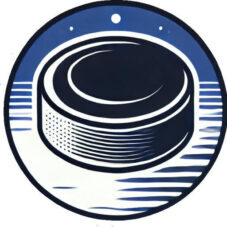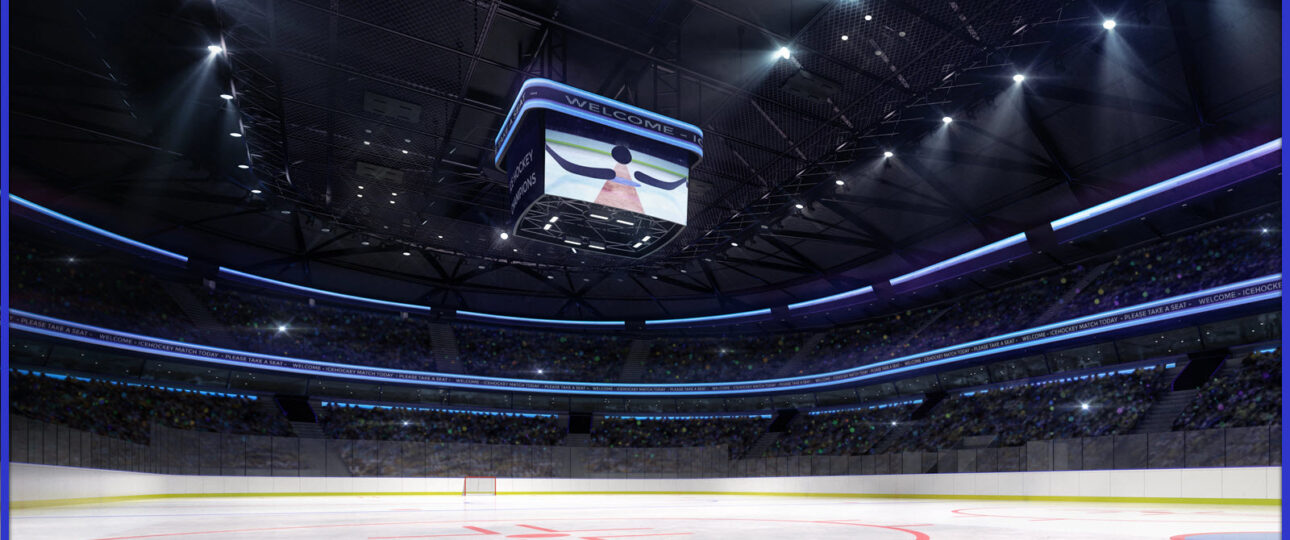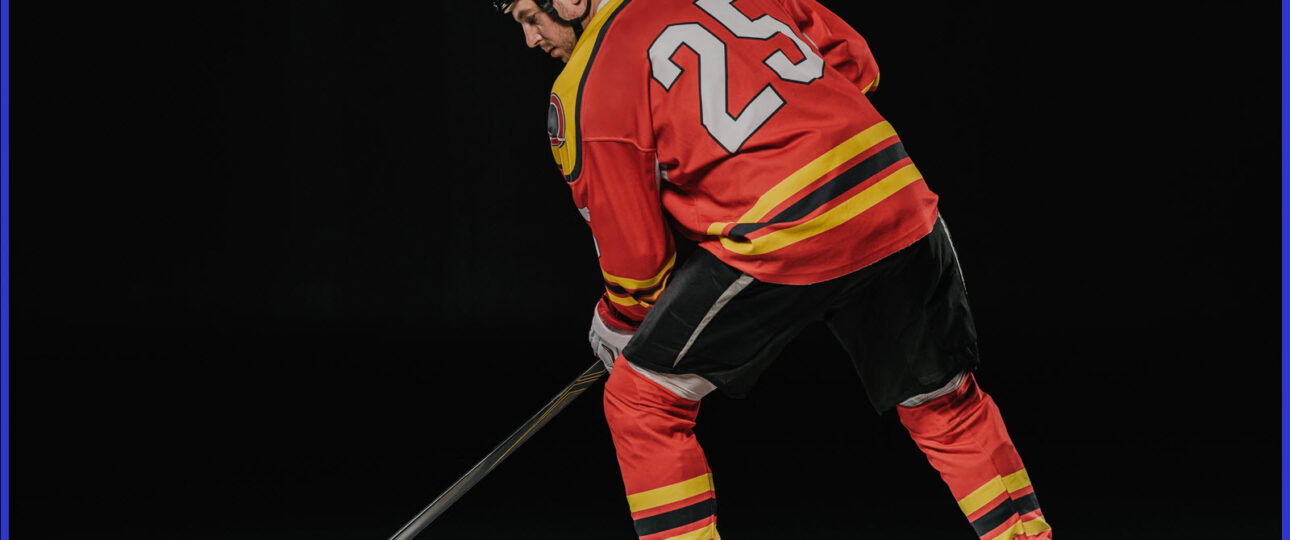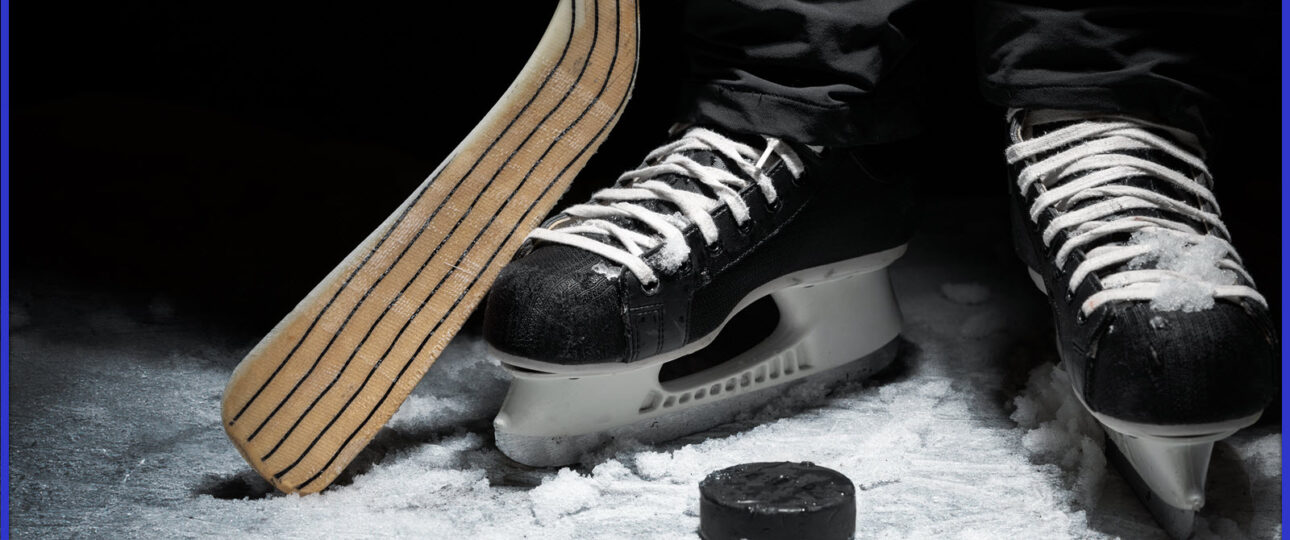Ice hockey is a sport known for its speed, intensity, and physical demands, making it an excellent workout for those who participate. Whether you’re skating on the ice for fun or competing at a high level, ice hockey provides numerous health and fitness benefits. Here, …
Is Ice Hockey A Good Workout?




